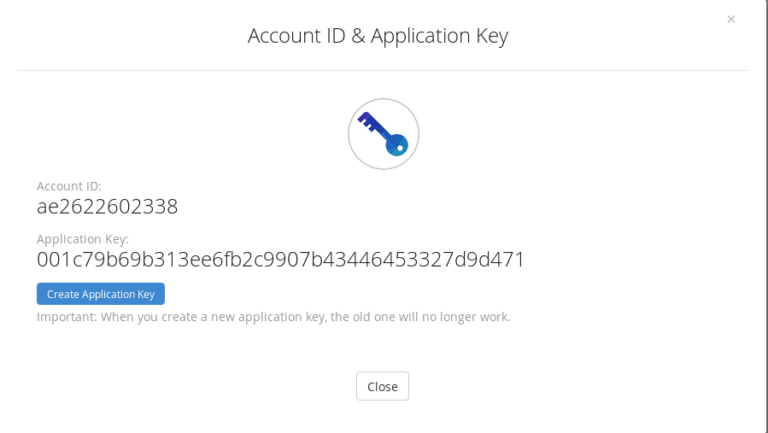
Commercial forecast products are often deterministic (one single future scenario) as opposed to probabilistic (multiple future scenarios). Either way, buyers are expected to simply take them at their word that their algorithms are truly state-of-the-art. The algorithms underlying commercial products are always kept secret, perhaps because the algorithms lack sophistication or because the companies fear losing their edge. OikoLab, for example, combines ERA5 historical data with GFS forecasts, despite the substantial systematic differences between these two products. Commercial products often combine different inconsistent data sources without performing any statistical harmonization, resulting in spurious jumps in the time series. Commercial products are often advertised as “high resolution” but in reality have a coarse spatial resolution (≥0.25°) and are, therefore, unable to represent mountainous regions. #Rclone last copy log free
While these commercial products may be more readily accessible, they have the exact same characteristics as their free counterparts.
Many commercial products represent nothing more than repackaged versions of freely available datasets (primarily from NOAA, NASA, and ECMWF). Material product details (e.g., spatio-temporal resolution, temporal span, and data sources) are usually not disclosed, making it difficult to find out what you’re really getting. In reality, however, their products suffer from a number of serious issues: 
Their websites and brochures are generally filled with fancy buzzwords (e.g., “hyper-local”), astronomical numbers (e.g., “2 million grid points”), and confusing terminology (e.g., “virtual weather station”) intended to persuade you to buy their products. There are several commercial meteorological data products on the market from companies like CustomWeather, OikoLab, Spire, Storm Glass, Vaisala, the Weather Company, and Weather Source. Admittedly, neither does MSWX, but MSWX is compatible with GloH2O’s Multi-Source Weighted-Ensemble Precipitation ( MSWEP), which merges gauge, satellite, and reanalysis data to provide the highest quality precipitation estimates.
 None of the other products incorporate satellite-based precipitation retrievals to enhance the performance in convection-dominated regions and periods. This is concerning as mountainous regions contribute a large share of the world’s population with freshwater. The other products have coarse spatial resolutions (≥0.25°) and thus are unable to represent mountainous regions. Although ECMWF forecasts are, to a certain degree, consistent with ERA5, they are only available commercially. As a workaround, several operational flood forecasting systems combine historical, near real-time, and forecast data from different inconsistent sources, which affects the reliability of the warnings issued by these systems.
None of the other products incorporate satellite-based precipitation retrievals to enhance the performance in convection-dominated regions and periods. This is concerning as mountainous regions contribute a large share of the world’s population with freshwater. The other products have coarse spatial resolutions (≥0.25°) and thus are unable to represent mountainous regions. Although ECMWF forecasts are, to a certain degree, consistent with ERA5, they are only available commercially. As a workaround, several operational flood forecasting systems combine historical, near real-time, and forecast data from different inconsistent sources, which affects the reliability of the warnings issued by these systems. 
None of the other products provide consistent and freely available forecasts and, therefore, they cannot by themselves be used to provide advance warning of impending weather.In addition, the HydroGFD updates are only available commercially. Although ERA5 and HydroGFD are updated to 5 days from real-time, this is insufficiently timely for most operational applications. They are not available in near real-time and, therefore, they cannot be used to operationally monitor weather as it occurs.However, these products suffer from four main drawbacks compared to MSWX: ERA5, HydroGFD, PGF, and WFDE5 are examples of other global meteorological data products.







 0 kommentar(er)
0 kommentar(er)
